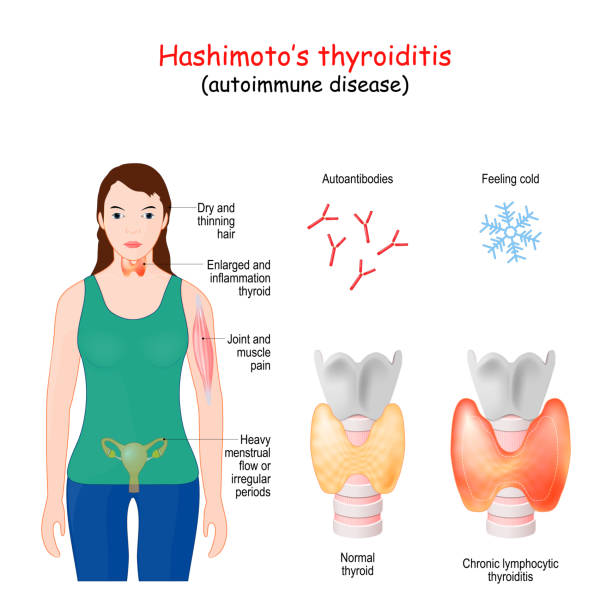A new preclinical study has uncovered disturbing evidence that environmental exposure to nanoplastics—microscopic plastic particles invisible to the naked eye—may trigger the rapid progression of Alzheimer’s disease and drive its damaging effects beyond the brain to critical organs like the liver, heart, and gut.
The research, titled “Cerebral to Systemic Representations of Alzheimer’s Pathogenesis Stimulated by Polystyrene Nanoplastics,” has been published in the peer-reviewed journal Environment & Health. The study, co-led by researchers from Monash University and South China University of Technology, offers the strongest evidence yet that nanoplastics can act as a catalyst in the spread of neurodegenerative disease throughout the body.
In an age where plastics are ubiquitous in our food, water, air, and even bloodstreams, these findings paint a chilling picture: plastic pollution may be silently rewiring our biology in ways we never anticipated.
A Silent Intruder in the Brain
Nanoplastics are defined as plastic fragments smaller than 1 micrometer (one-thousandth of a millimeter). They originate from the breakdown of larger plastics or are engineered at nano-scale for use in consumer products like cosmetics, food packaging, and even some medications.
Until recently, concerns over plastic pollution were primarily focused on environmental damage. But growing research has begun to reveal that plastic particles—some hundreds of times smaller than the width of a human hair—are entering our bodies and infiltrating our most vital systems.
This latest study took that concern a step further, demonstrating in animal models how these tiny invaders not only accumulate in the brain but appear to accelerate Alzheimer’s-related pathology and spark a domino effect of damage across the body.
In the experiment, mice were chronically exposed to polystyrene nanoplastics—a common variant found in food packaging and consumer goods. The results were stark: the mice exhibited classic symptoms of Alzheimer’s disease, such as memory loss, neuroinflammation, and the build-up of toxic proteins in the brain. But what shocked researchers was what happened next.
The damage didn’t stay in the brain.
From Brain to Body: A Dangerous Chain Reaction
The study showed that the impact of nanoplastics extended beyond the brain, disrupting the delicate biological communication network known as the gut-liver-brain axis. This intricate system helps regulate immune function, metabolism, and the microbiome—the community of bacteria in our digestive systems that plays a crucial role in health and disease.
In the nanoplastic-exposed mice, immune cells in the brain known as microglia were highly activated—an early hallmark of Alzheimer’s pathology. This immune overactivation triggered inflammation that spread downstream. The liver developed signs of non-alcoholic fatty liver disease, and the gut microbiota—the bacterial ecosystem essential for digestion and immunity—became imbalanced, a condition known as dysbiosis.
“The cascade of damage was alarming,” said lead author Professor Pu Chun Ke, an adjunct professor at the Monash Institute of Pharmaceutical Sciences. “Nanoplastics don’t just stay in the brain. They appear to initiate a full-body response—one that mirrors the way Alzheimer’s can spread through interconnected organ systems.”
While Alzheimer’s has long been considered a disease of the aging brain, recent research has increasingly highlighted its links to broader systemic dysfunction, particularly inflammation and metabolic disturbances. This study is the first to suggest that exposure to environmental-level nanoplastics could be one of the triggers accelerating that dysfunction.
Plastic in Our Brains—A Shocking Reality
Though still in early stages and limited to animal models, the study adds to a rapidly growing body of evidence that humans are already exposed to nanoplastics at concerning levels.
Plastic particles have been detected in human lungs, placenta, bloodstreams, and, most recently, in postmortem samples of human brain tissue. This suggests that nanoplastics are not just passing through our systems but are crossing biological barriers once thought to be impermeable—such as the blood-brain barrier, which normally protects the brain from toxins.
How these particles breach such defenses remains an area of active investigation. Some studies suggest that due to their small size and chemical properties, nanoplastics can mimic or disrupt natural molecules, allowing them to slip past cellular gatekeepers.
What is now clear is that these particles can enter our bodies through numerous routes: breathing polluted air, eating contaminated seafood or food packaged in plastic, drinking bottled water, or even absorbing them through the skin.
“We are involuntarily exposed to nanoplastics every day,” said Professor Ke. “The question now is not if, but how they are affecting our health.”
A Wake-Up Call for Public Health and Policy
The implications of this research are profound and urgent. If environmental nanoplastics are indeed capable of triggering or worsening neurodegenerative diseases, the public health consequences could be staggering.
Alzheimer’s disease already affects over 55 million people globally, and its numbers are expected to skyrocket in coming decades. With no known cure and only modest treatments available, prevention and risk reduction have become central to global health strategies.
Environmental toxins like air pollution and heavy metals are already established risk factors. Now, nanoplastics may be joining their ranks.
“This study is a wake-up call,” said Professor Ke. “We’ve long considered plastics an environmental problem. Now we must see them as a biological one, too.”
The findings underscore the need for more stringent environmental regulations on plastic production and disposal. Micro- and nanoplastic contamination is now found from the deepest ocean trenches to the tops of remote mountains—and now, possibly, in the core of our brains.
There is also an urgent call for further research. While this study focused on polystyrene, there are many other types of plastics—polyethylene, polypropylene, PET—and their health effects may vary. Future studies will need to explore these differences, assess cumulative exposures, and investigate whether certain groups—such as children, the elderly, or those with pre-existing conditions—are more vulnerable.
A Researcher’s Mission: Two Decades of Uncovering the Hidden Dangers of Plastics
Professor Ke is not new to the dangers of nanoplastics. His research journey began in 2010, when his team became one of the first to show that nanoplastics impair algal photosynthesis—threatening the base of the aquatic food web. Since then, he has published extensively on how nanoplastics can promote the onset and progression of diseases such as Parkinson’s, cardiovascular damage, and now Alzheimer’s.
“I never imagined back then that this would lead to the brain,” he said. “But the evidence has taken us here.”
His persistence has helped bring the shadowy world of invisible plastics into the light. Yet he remains cautious, emphasizing that while these results are alarming, they are part of a much larger, complex puzzle.
“We are only scratching the surface of how plastics interact with biology,” he added. “But every new piece of evidence makes the picture clearer. And what we’re seeing is that plastics may be a hidden, underappreciated factor in many chronic diseases.”
What Comes Next: Protecting Ourselves in a Plastic World
While regulators and scientists work to understand and mitigate this risk, what can individuals do now to protect themselves?
Experts advise minimizing the use of plastic food packaging, avoiding heating food in plastic containers, using glass or stainless steel alternatives, and choosing personal care products that are microplastic-free. Being mindful about plastic waste and supporting efforts to reduce plastic pollution also contribute to long-term change.
But ultimately, the solution lies beyond individual action.
“We need systemic reform,” Professor Ke concluded. “That means international cooperation, corporate responsibility, and scientific funding to tackle this invisible crisis at its root. Just as we fought lead in gasoline or mercury in fish, we must now confront the age of plastic—with science as our guide.”
A Plastic Legacy—And a Path Forward
The world is waking up to the reality that plastic is not just an ecological hazard—it’s a medical one. This new study marks a turning point in our understanding of how deep the plastic problem runs—into our oceans, our ecosystems, our bodies, and perhaps even our minds.
As Alzheimer’s continues its devastating march across the globe, this research offers a new perspective on where the threat may be coming from. It’s not only in our genes or our age—but in the air we breathe, the water we drink, and the invisible particles now embedded in the very fabric of modern life.
The future of medicine may depend not only on drugs and diagnostics but on how well we clean up the world we live in.
Because if plastic can cross into our brains, the question is no longer “Can we ignore it?”—but “How soon can we stop it?”
More information: Yue Wang et al, Cerebral to Systemic Representations of Alzheimer’s Pathogenesis Stimulated by Polystyrene Nanoplastics, Environment & Health (2025). DOI: 10.1021/envhealth.5c00160






